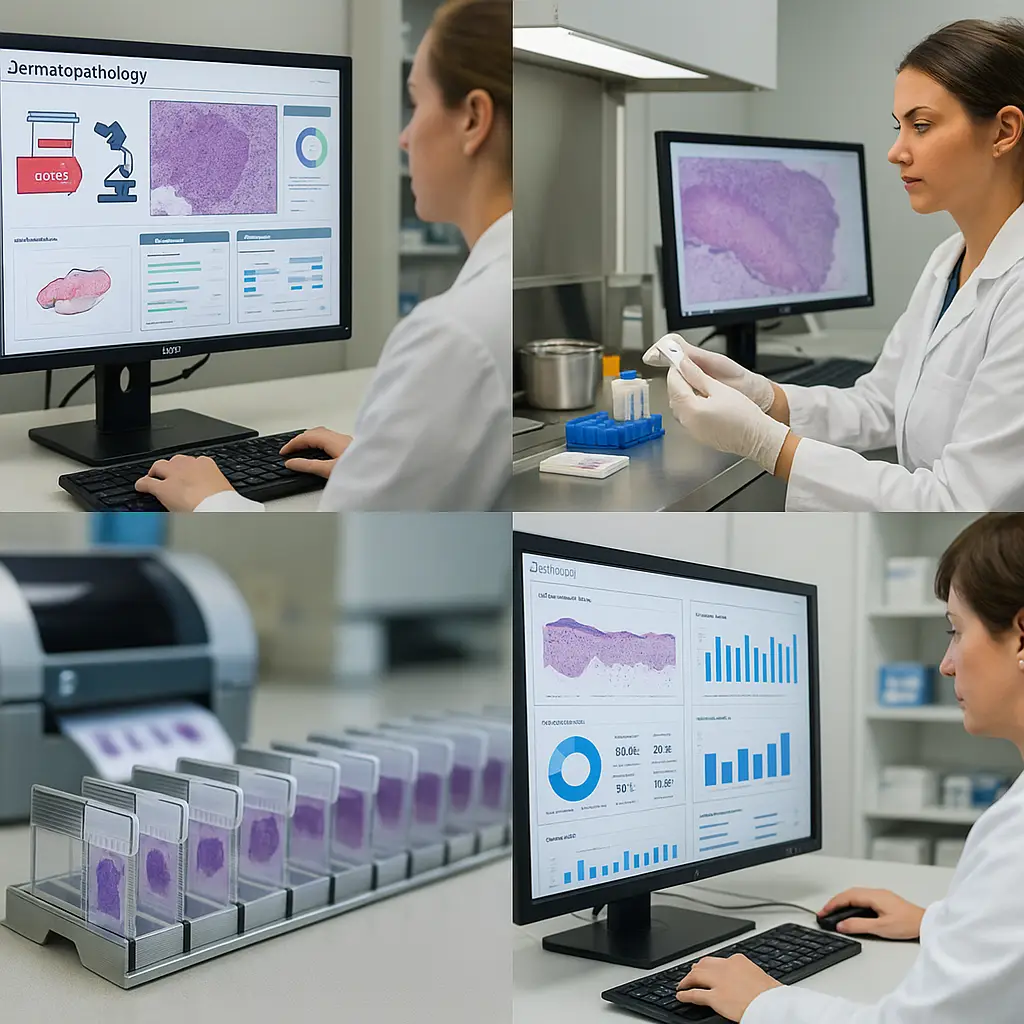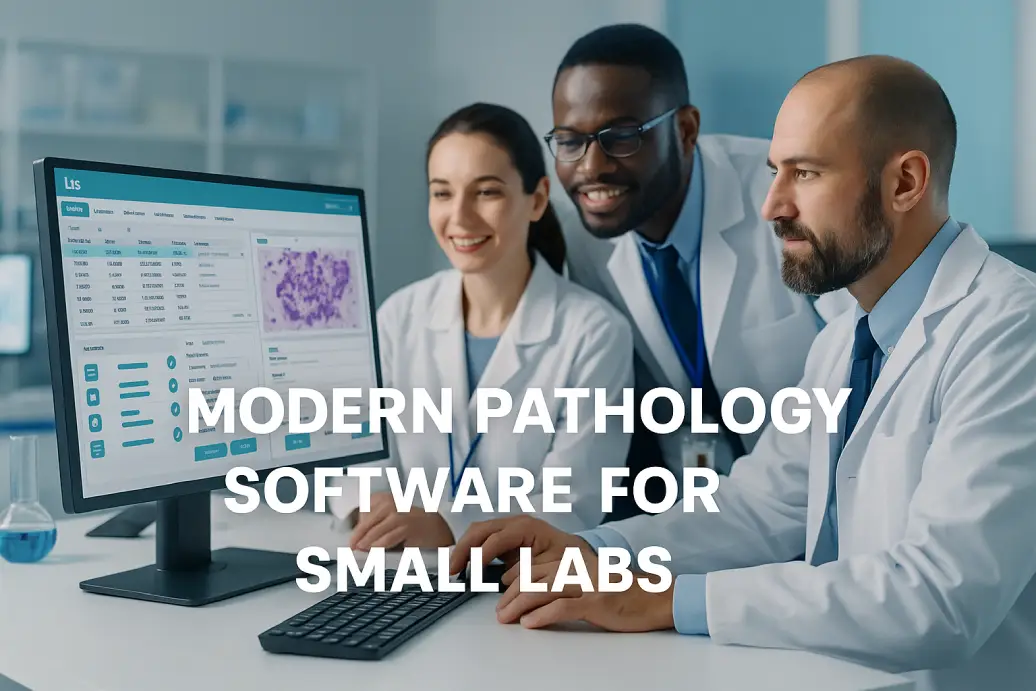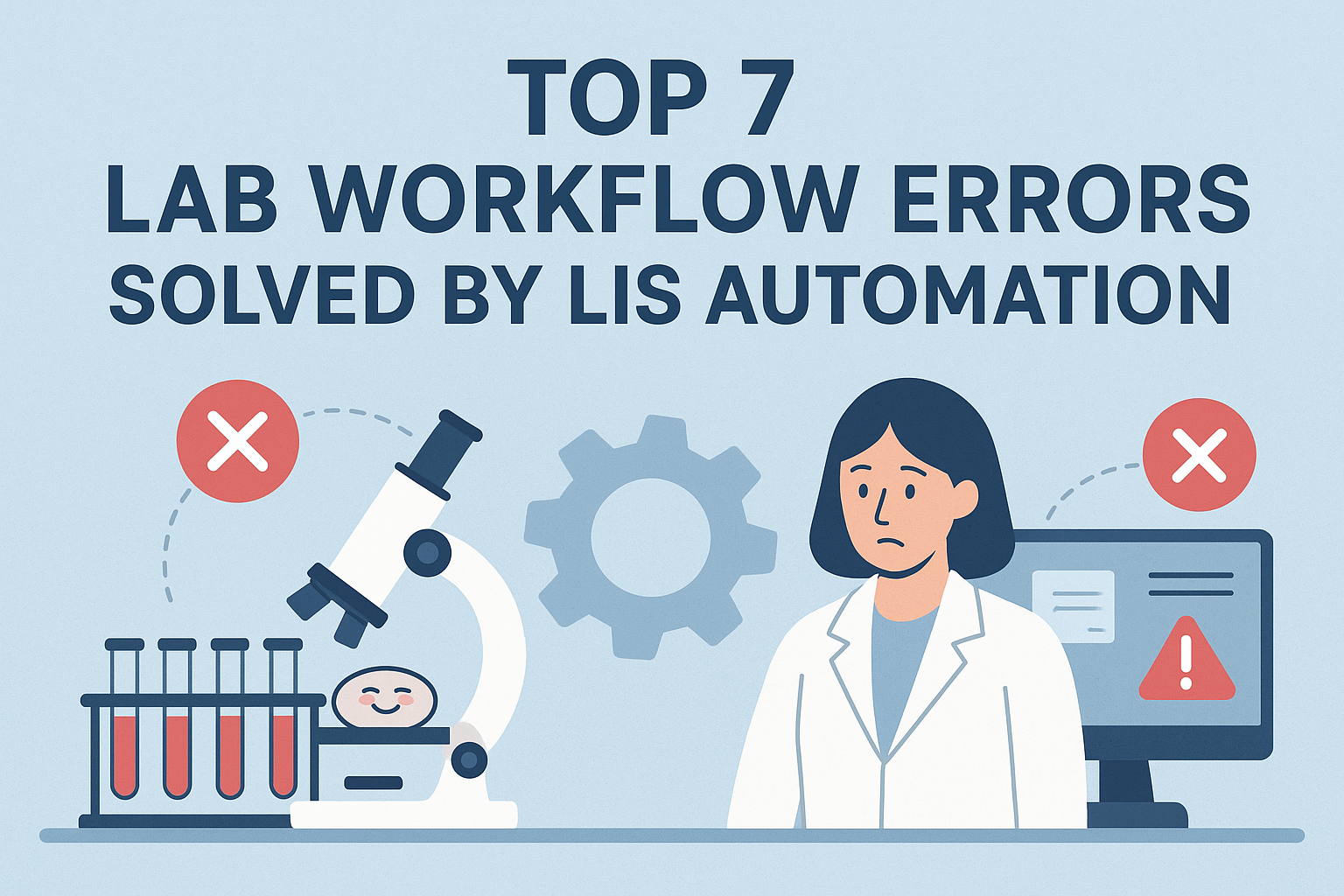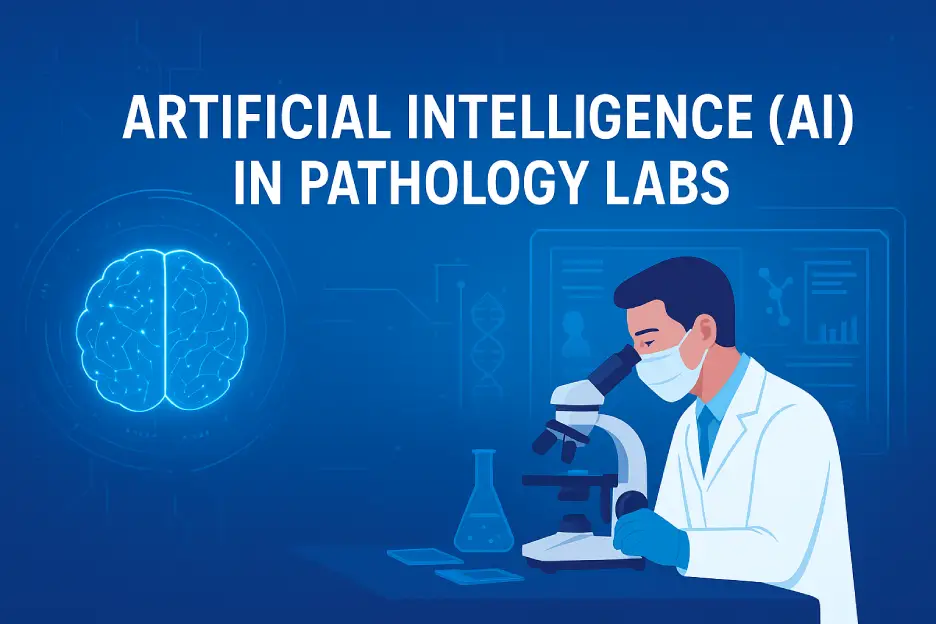Dermatopathology LIS: The Complete Guide for Modern Skin-Biopsy Laboratories
Introduction Dermatopathology laboratories process some of the highest specimen volumes in diagnostic medicine. From routine skin biopsies to complex immunohistochemical cases, every step from accessioning to final diagnosis demands accuracy, consistency, and speed. A Dermatopathology Laboratory Information System (LIS) is the backbone of these operations. It centralizes workflows, automates repetitive tasks, and ensures that every … Read more





